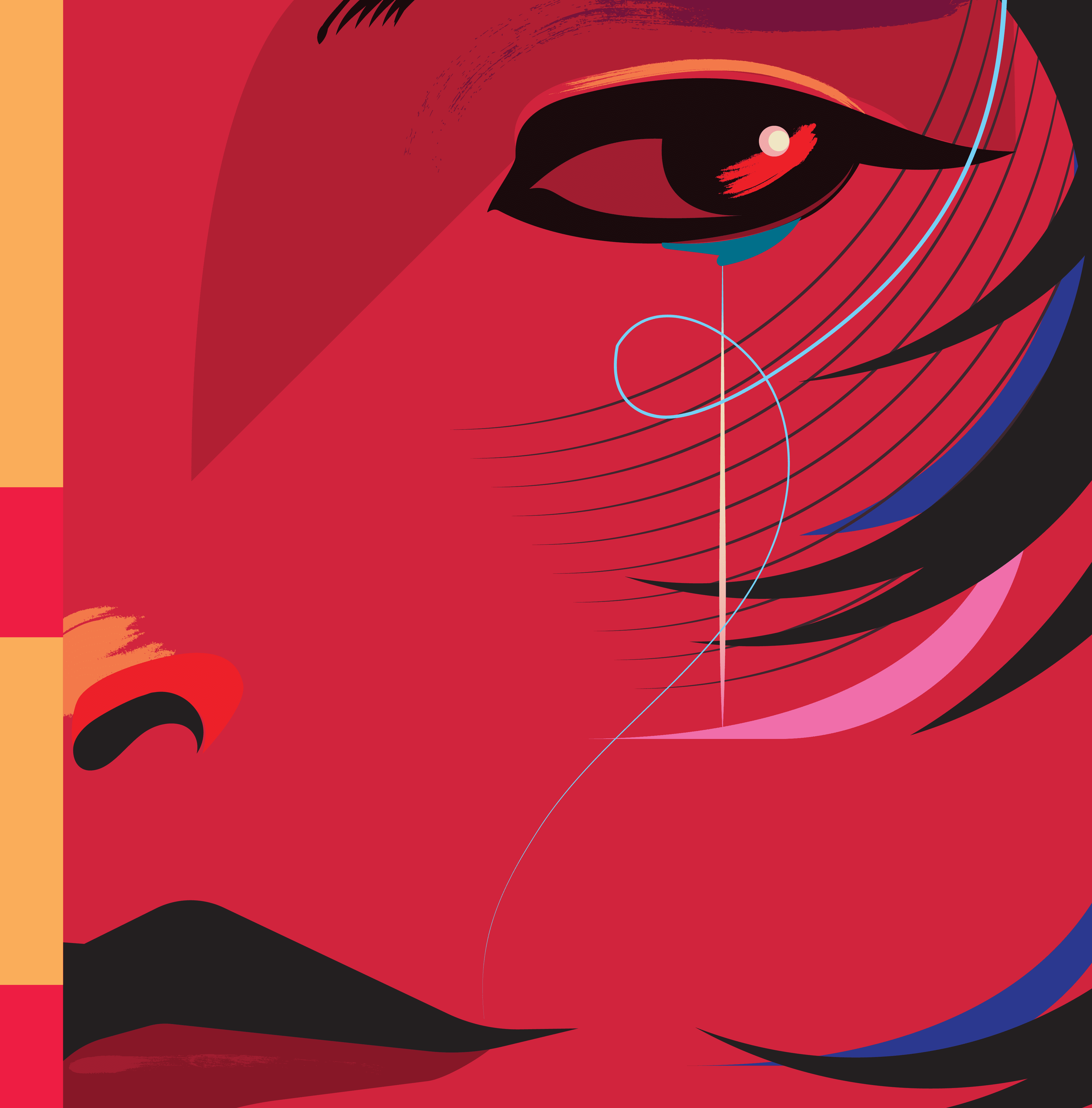By Nana Dakin and Robyn Quick
“It is human nature to be curious. Curiosity is evolution. We migrate, from the trees, through the jungle, across oceans and rivers, we are constantly searching. This is what sent the Carnes brothers to China. This is what brings me here. We want to see. It is the same impulse that brought you here, to this room, to me.”-
The Chinese Lady, Lloyd Suh
It is a ten-minute walk and nearly two centuries from Afong Moy’s 1835 performance at the corner of Baltimore and Calvert Streets to where the artists of Everyman Theatre consider what Afong Moy’s journey in the past can mean for us here and now. Through our production of Lloyd Suh’s play, we center Afong Moy and her experience as she struggles to make an impact from the position in which she has been placed.
In the early nineteenth century, most residents of the United States had little opportunity for first-hand knowledge of China or its people. But their limited contact, through narratives of those who had visited or studied the country and through the distinctive household objects imported from China found in the homes of the elite, stimulated their curiosity. Merchants Nathanial and Frederick Carnes, determined to expand the market for Chinese imports to inexpensive goods for a growing middle class, sought to capitalize upon this curiosity by bringing the first documented Chinese woman to visit the United States. They carefully crafted the public image of the visitor they called Afong Moy to promote her status as a daughter of a distinguished citizen of China and her difference from the audience through her Chinese attire and bound feet. Curiosity led European Americans to pay fifty cents for the opportunity to gaze upon a display of Afong Moy and objects from her native country. But what was the power of their gaze?
In his study of Afong Moy, theatre scholar James Moy notes the effect of the audience gaze in such displays: “the power and authority of the spectator’s privileged look is affirmed, usually at the expense of the novel, “primitive” objectified or dead Other” (13 – 14). Contemporary accounts gathered by Nancy E. Davis in The Chinese Lady: Afong Moy in Early America reveal how the the objectification of Afong Moy and her culture enhanced American audiences’ own self-image at the expense of hers. This perspective is particularly evident in the many published condemnations of Moy’s bound feet, a practice President Andrew Jackson, declared was “totally in opposition to nature’s wiser regulations” (14). Meanwhile, the custom of corseting or “bound waists” for women was not questioned. Some of those without the opportunity to sit in public judgement of Afong Moy and her culture, privately did so. Diary entries of women audience members reflected an affirmation of their own usefulness and value, as they favorably compared their reading and “other worthwhile activities” to the activities of Chinese women who were described as spending hours to dress and comb their hair (152). And even those accounts that claimed Moy’s tour as an educational opportunity for school children, diminished the dignity of the culture they were purporting to study and centered their own in noting that the presentation of Chinese culture would “explain the curious customs of their country” (176).
In Afong Moy’s position as a celebrated figure at the center of an event that reportedly welcomed as many as two thousand people per week, she not only experienced this gaze, but gazed back. The unique perspectives that Moy offered as she was gazing back at those gazing at her happened in the ephemeral realm of performance. Evidence shows that through her translator, Atung, she spoke about her home country, her long journey, and her impressions of the United States. Contemporary accounts report compliments she extended to the cities she visited and people she met, as well as critical views of American culture. She also raised her voice against showing her feet to men—a request she would not have received in China. But her resistance on that issue was not successful. Still, the records we have of what she shared are limited to a few newspaper accounts and private correspondences, and are all filtered through the voices of European Americans.
Our production gives us a modern opportunity to imagine and uplift Afong Moy’s experience. It examines how the power of curiosity from a place of privilege can do harm and the power of curiosity from an experience of difference can provide insights with the possibilities of helping us deconstruct the systems in which we have been operating. We hope our encounter through performance inspires reflections about our relationship to dominant gazes, and the agency we have to change it.
Davis, Nancy E. The Chinese Lady: Afong Moy in Early America. Oxford UP, 2019.
James S. Moy. Marginal Sights : Staging the Chinese in America. University Of Iowa Press, 1993.
Further Reading about Afong Moy
August, Linda Kimiko. “Rembering Afong Moy.” The Library Company of Philadelphia. https://librarycompany.org/2021/02/01/remembering-afong-moy/#/
Davis, Nancy E. The Chinese Lady: Afong Moy in Early America. Oxford UP, 2019.
Haddad, John. “The Chinese Lady and China for the Ladies.” Chinese America: History & Perspectives, Jan. 2011, pp. 5–19. https://www.chsa.org/wp-content/uploads/2012/01/2011HP_02_Haddad.pdf
“Life Story: Afong Moy.” Women and the American Story. New York Historical Society Museum and Library. https://wams.nyhistory.org/expansions-and-inequalities/industry-and-immigration/afong-moy/
Lowe, Karintha. “Afong Moy: Uncovering the History Behind ‘The Chinese Lady.’” New York Historical Society Museum and Library. https://www.nyhistory.org/blogs/afong-moy-the-chinese-lady
“The Chinese Lady: Online Lobby.” Timeline Theatre Company. https://timelinetheatre.com/chinese-lady-lobby/
